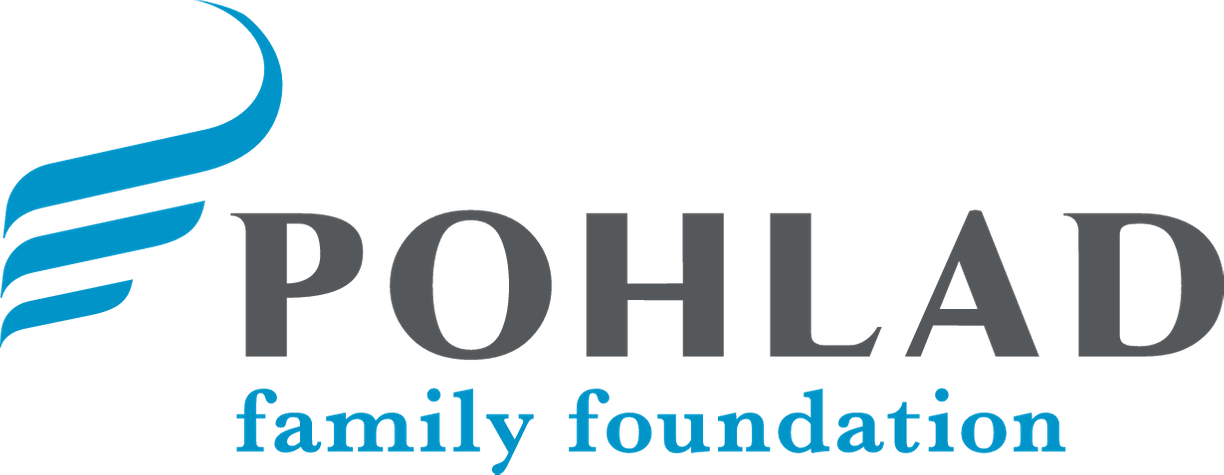So You Want to Build Some Affordable Housing?
Turns out it's not as simple as we'd hoped.
Drift around the metro area and you're sure to notice a slew of multi-unit apartment buildings rising from former parking lots, nestled up against freeways or replacing historic brick structures that have fallen into disrepair. So while the Twin Cities may be in the midst of a housing boom, the state does not have nearly enough affordable options.
According to the National Low Income Housing Coalition (NLIHC), 63 percent of low-income households spend more than half of their income on housing costs. Nine out of 10 of those extremely low-income households are made up of working parents, people with disabilities and seniors. And a 2019 NLIHC study found that "in no state, metropolitan area or county can a worker earning the federal minimum wage or prevailing state minimum wage afford a decent two-bedroom rental home," working 40 hours per week.
"Rents are out-pacing incomes," says Owen Metz, Vice President of Dominium, an affordable housing development and management company. "You're having that pressure on prices and you don't have the production to keep up with it."
The result is that some Minnesotans are having to make difficult decisions, like whether to pay for food or rent.
With an affordable housing crunch impacting every state in the United States, we wondered what approaches other states are taking to increase the availability of affordable housing. Here's a look at some innovative solutions to the housing crisis.
Texas
In Texas, the no-frills Multifamily Preservation Clearinghouse helps facilitate the sales of existing affordable and subsidized apartment complexes. A sort of pared-down Zillow, the listing gives property owners a chance to market their properties to nonprofit and for-profit potential buyers. Buyers may also be able to find properties that could be financed with an affordable component, but currently are not.
Texas also has a low-income housing tax credit that has spurred activity around affordable housing – specifically encouraging private investment. Between 1986 and 2016, more than 290,000 homes were developed or preserved with the tax credit.
"The private sector develops about 70 percent percent of that affordable housing in the country," says Metz, making it a critical piece of the affordable housing puzzle.
Arizona
Arizona's affordable housing crisis looks similar to Minnesota's: In both states, the hourly wage required to afford a two-bedroom rental home is between $19 and $20. But in Arizona, a $15 million influx to the Arizona Housing Trust Fund last year will make construction of new affordable homes possible. The builds will benefit people who have been homeless, including veterans and people with mental illnesses.
The downside? The funds were a one-time appropriation from Arizona's legislature to replenish funding that had been depleted during the Great Recession. While the homes will undoubtedly benefit some families in need of stable housing, the $15 million will eventually run out without legislative action to continue it.
Colorado
In nearby Colorado, a low-income housing tax credit - similar to that of Texas - incentivizes private and nonprofit investment in affordable housing development. And in 2017, four bills were signed into law to help establish some of Colorado's first affordable housing funding sources. Collectively, the bills doubled the existing tax credits, supported private and nonprofit developers to invest in affordable housing projects, and, notably, established the Division of Housing – an ongoing, sustainable fund to promote affordable housing.
While the lasting impact of the Division of Housing remains to be seen, the potential of an ongoing funding source dedicated to affordable builds could make a lasting difference for low-income families.
COVID-19 and Minnesota’s Outlook
COVID-19 has injected even more uncertainty into America's already precarious housing crisis. But one potential silver lining is incredibly low interest rates.
"Interest rates are historically low, and that allows even more private leveraging and private investment than a typical economic cycle," Metz explains.
And as private and nonprofit investment may increase under low interest rates, additional work is happening in Minnesota to try to establish ongoing, sustainable funding designated for affordable housing. Among them are efforts to establish an affordable housing tax credit in Minnesota, along with hopes of creating a housing trust fund state match. Both tax credits and matching funds could go a long way in Minnesota's ongoing struggle with affordable housing.

This story is part of the collection, Under One Roof: Stories on Minnesota's Housing Crisis, which is funded by a grant from the Pohlad Family Foundation.
